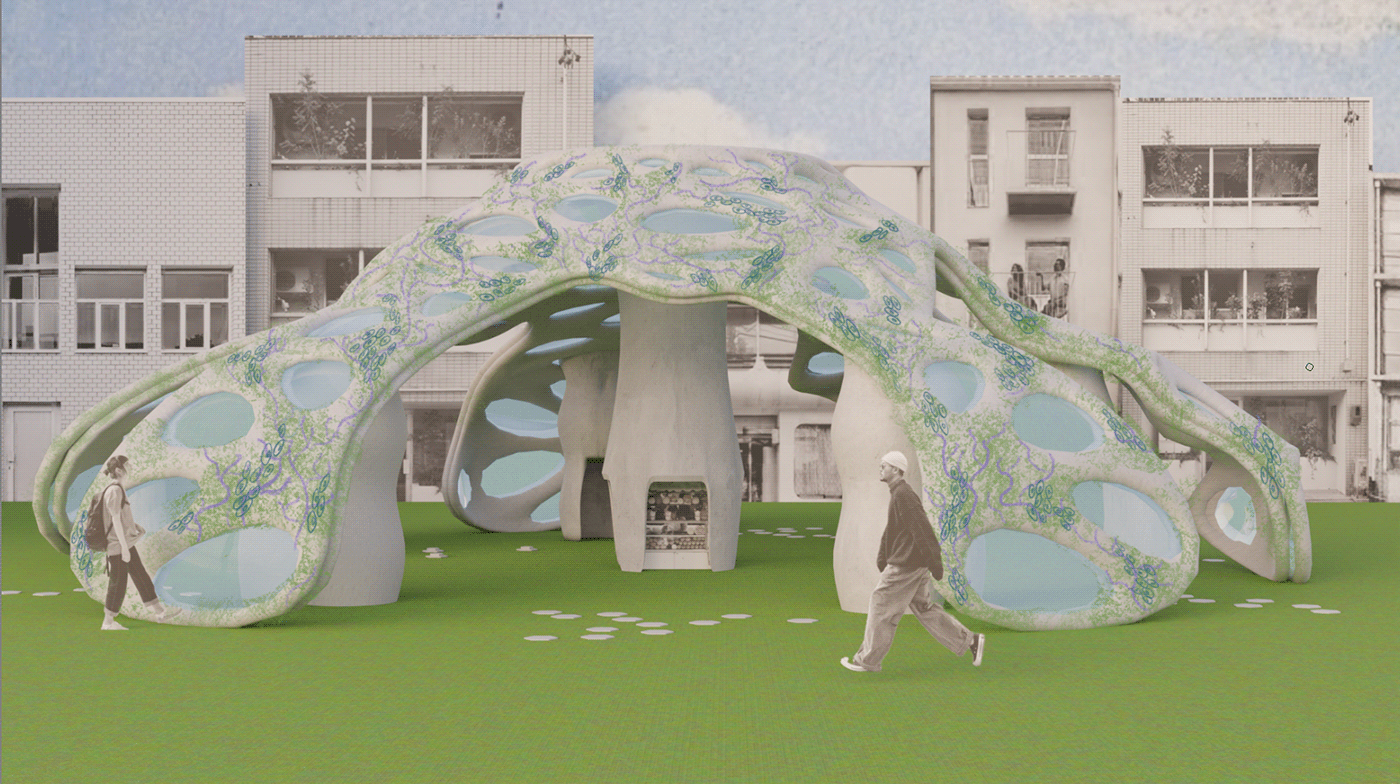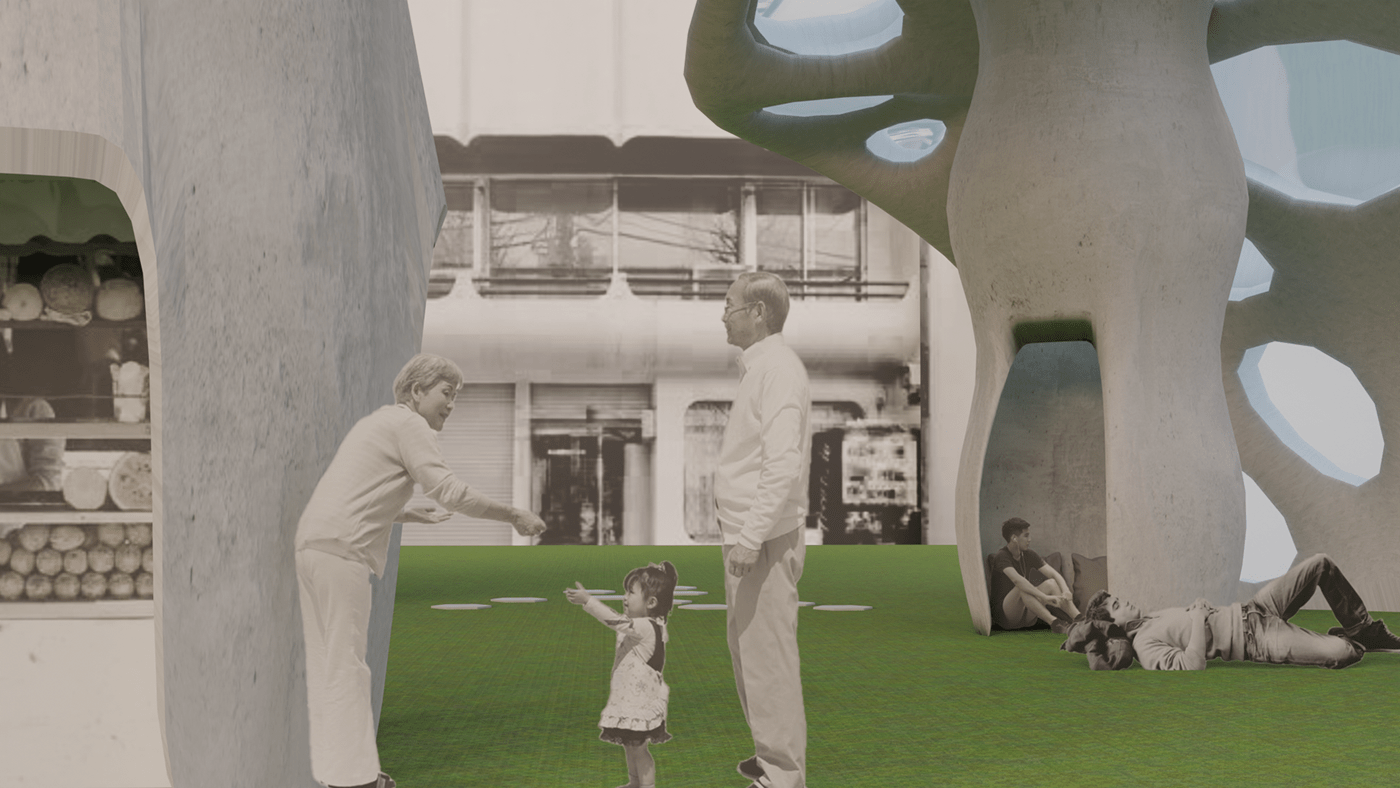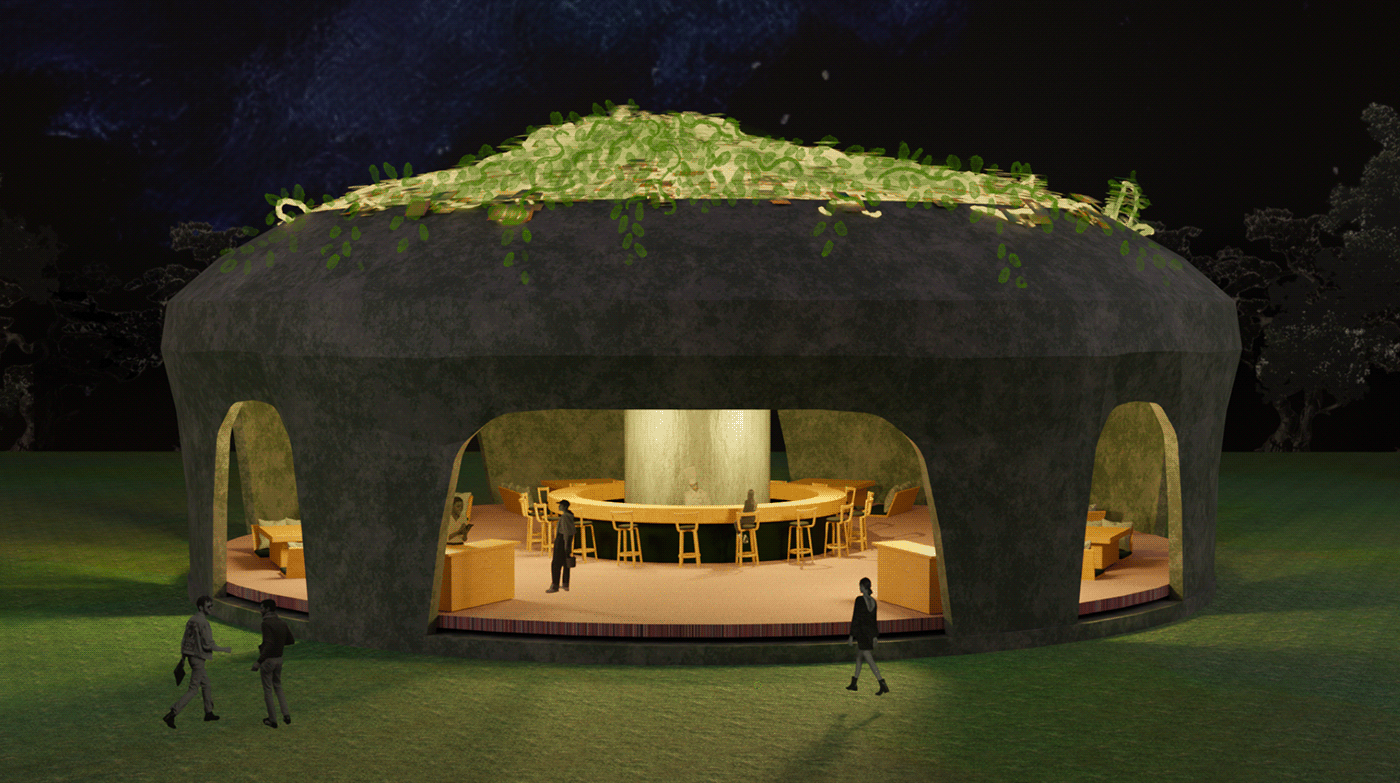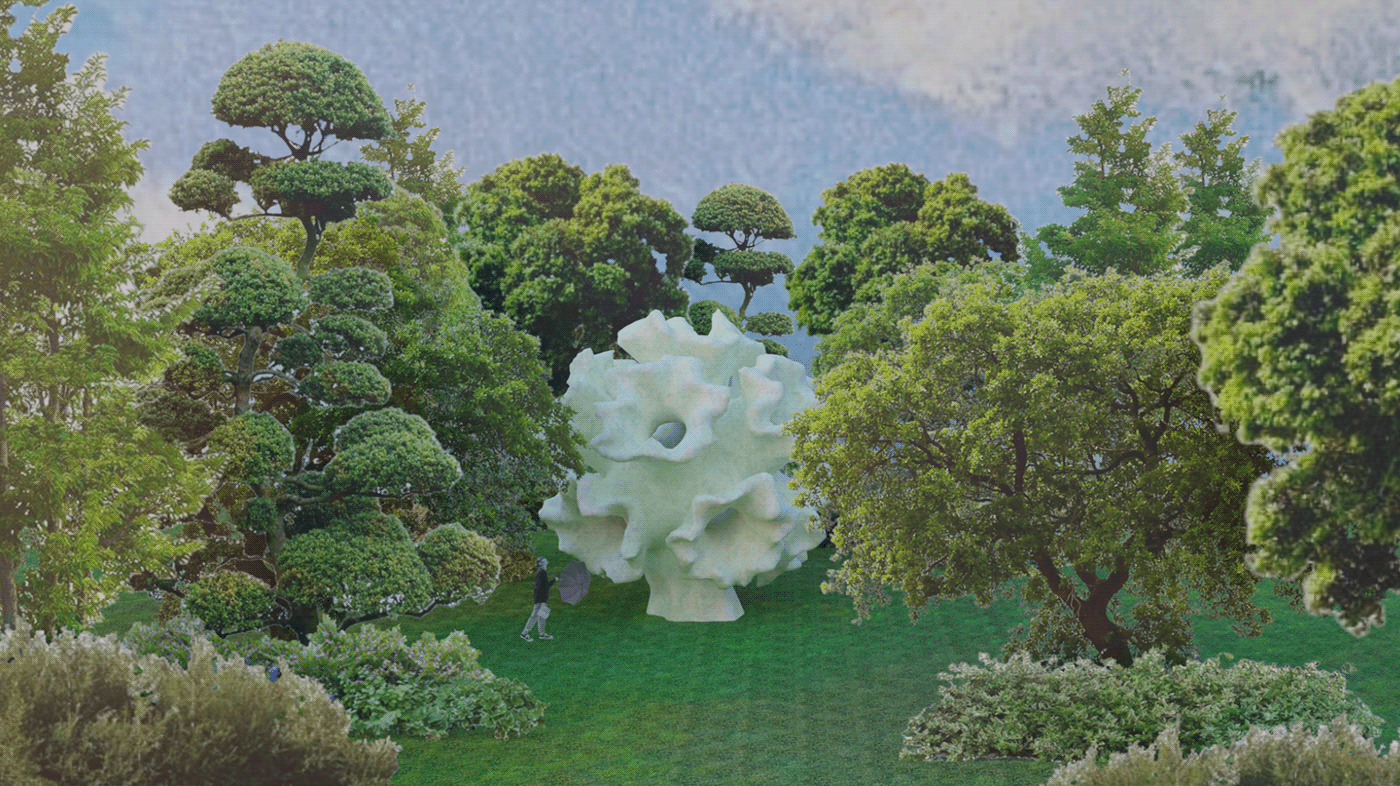
Hailey Megh Thomas, 2023
Department of Fashion & Lifestyle Accessories Design, National Institute of Fashion Technology, Hyderabad
The project was developed as an outcome to a trend forecast done in the recent demand for Biophilic Design in Architecture and Interior Design. It explores the possibilities of Biophilic Design in Space Design. In a timeline, looking from the point where we are at now, the future has infinite possibilities. The outcome of this project just explores one such possibility (in ascending order based on time).
It explores how humans slowly learn to move back into their original habitats, i.e, in nature by slowly incorporating these aspects using first, indirect then, direct experiences of nature and finally learning to incorporate experiences of space and place into their living.
Overall the project, questions how humans unconsciously seek refuge in their original habitats but also conflict with the need to live in a sense of comfort provided by commercialised innovation and technological advancements. So, how do we evolve with nature without hampering our ability to grow society and advance in any kind of innovation?

A questionnaire was distributed which received 31 responses, regarding their awareness on Biophilic Design and certain trends and elements of Biophilia that they would like to implement in their spaces in the future.
Two experts were also consulted regarding their views on Biophilia and their projects in association with it. Tarika Asarwala, the Principal Architect of Neogenesis+Studi0261, Surat, Gujarat and Nayanika Natesh, the Principal Architect of NNAD Studios, Bangalore, Karnataka.

Evolutionary Dependencies (I); Adaptation
As a derivation for our need of adopting, adapting and/or changing our environment in order to suit our survival and personal fulfilment, adaptation , incorporates the idea of nature as an adventure playground. The built structure of which is a form of derived from microbial forms in nature as a depiction of the requirement to acknowledge growth simulation patterns in nature that may facilitate us to adapt to nature more effectively.
It acts as a transitional space, and the interiors call for public engagement through various shops that would be located in the central pillar, open lawns, and isolation pods where people can sit in a group under a pillar through which sunlight enters.



Evolutionary Dependencies (II); A Configuration
Just as any structure in nature has a certain patterns of configuration, this space deals with exploring a possible configurations that meets at the intersection of the human species and nature. It tries to create a combination where indirect experiences of nature can meet direct experiences of nature.
An ideal way to progress in Biophilic Design when it comes to including technological and innovative advancements is collectively deciphering a combination pattern where both facilitate one another.
This space is an open space restaurant who’s construction is created by organic materials, mycelium structure, bioluminescence plant stems, hemp and cellulose structures.



Evolutionary Dependencies (III); The Singularity
Everything is a singularity, the start of our evolution was a single cell itself. Singularity is a point where any matter collapses into itself.
With the constant need for advancement in innovation pushing human intelligence to new limits, where will this quest for human evolution and our inherent need to connect with nature to facilitate our existential needs take us?
The final space is a contemplative space, a thinking pod, structured as a microbe where the only thing that exists is thought the basis of our evolution. Thought is but another thought, thus, a singularity.







